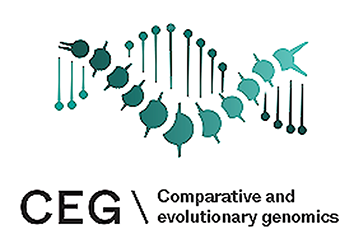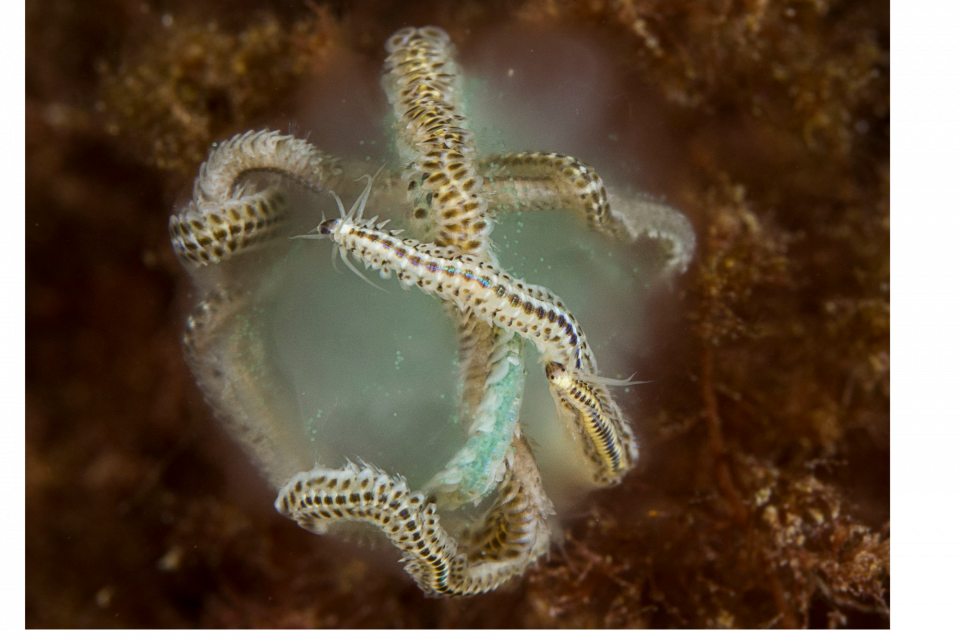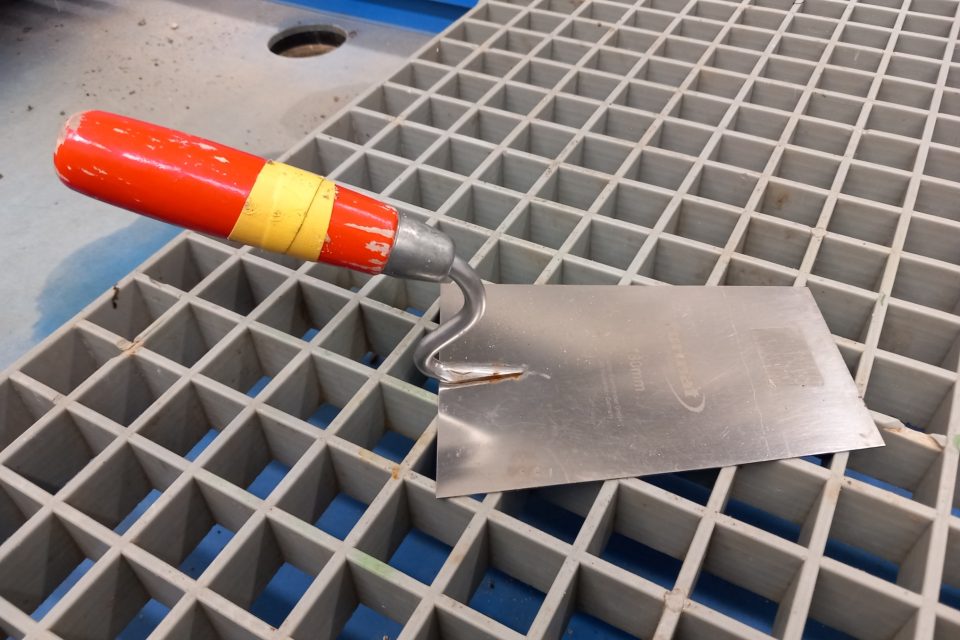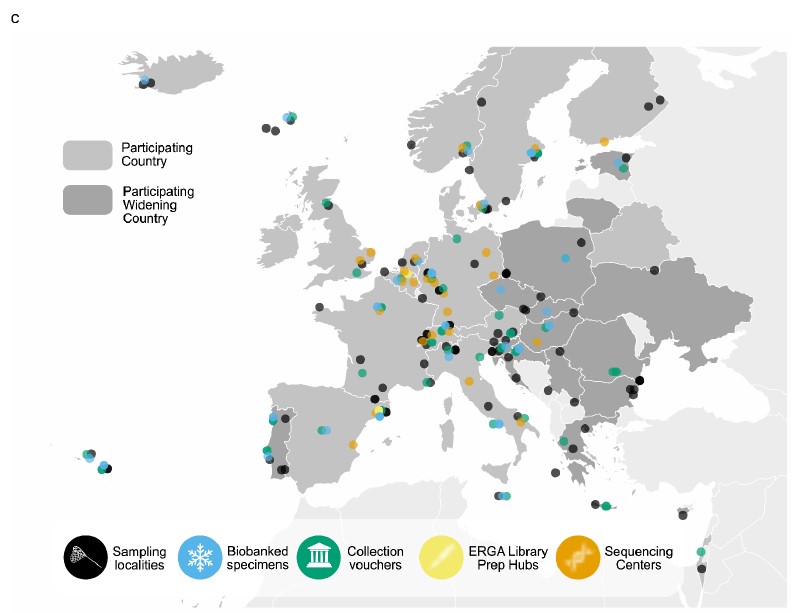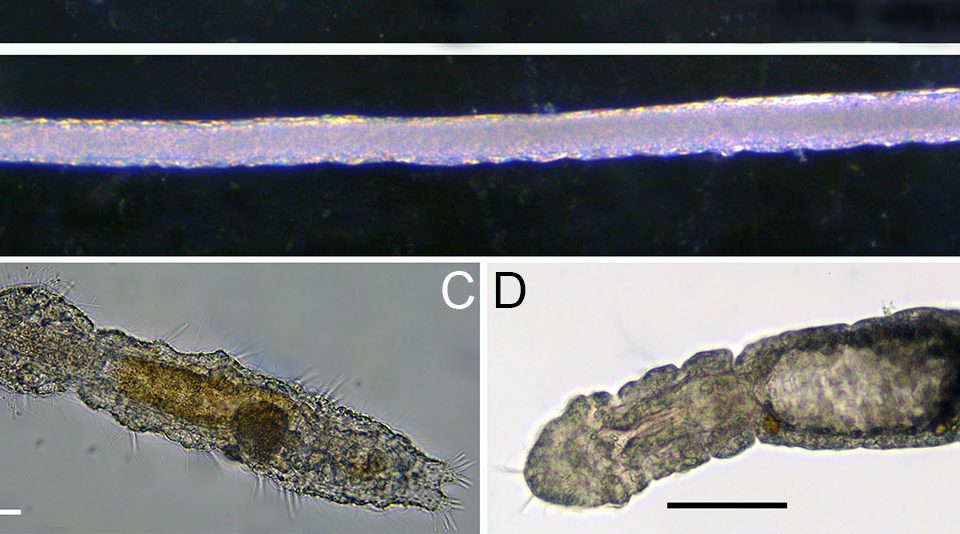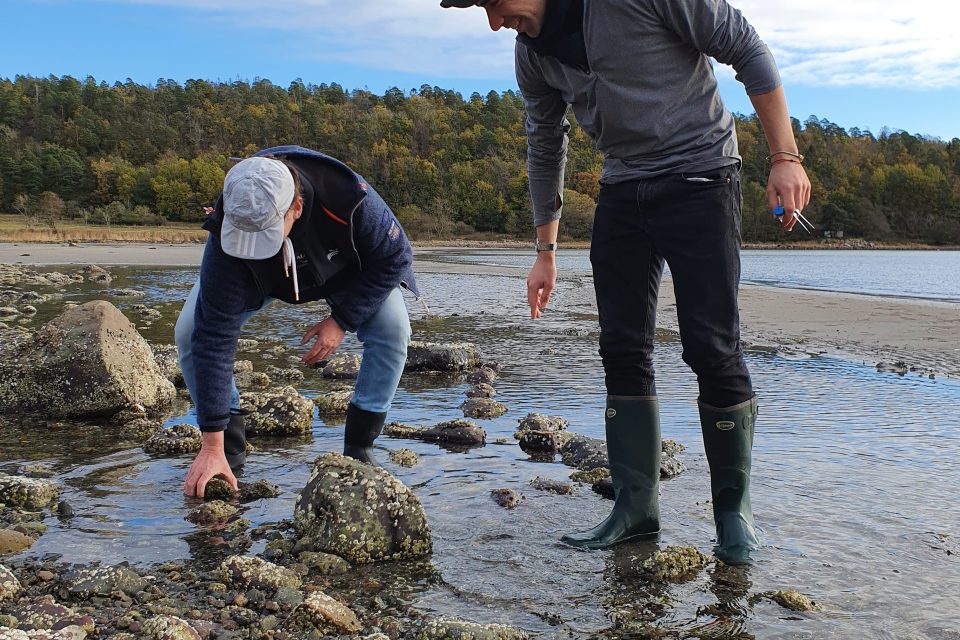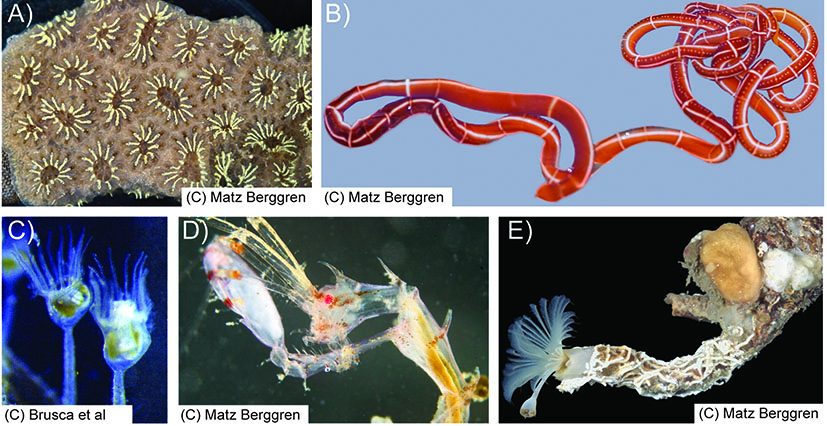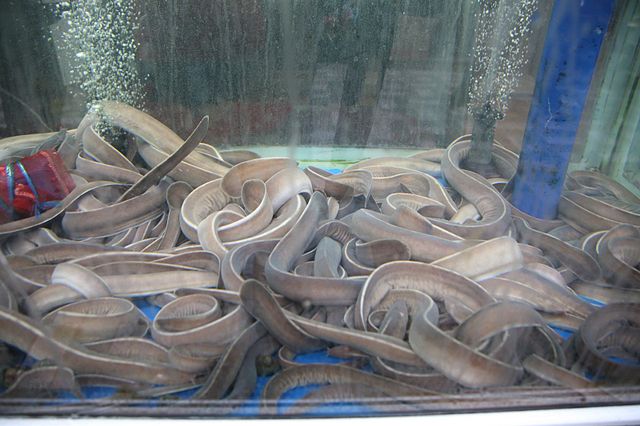
Stories from Slime Eels: How the Hagfish Helps Us Understand Humans
Hagfish, or “Slime Eels” (Slimåler in Norwegian, helpfully), are a group of deep-sea living fish that are most famous for the truly apocalyptic amounts of slime they can release when disturbed. In South Korea, they are eaten as a delicacy (and they are very nice – a bit […]
